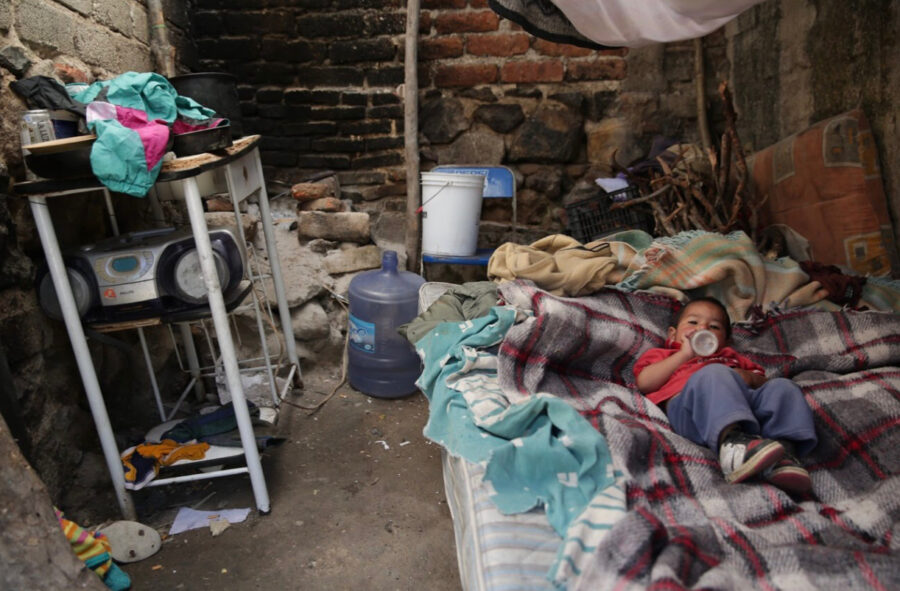Poorest Mexican State Faces Soft Drink Epidemic
76.4% of people in Chiapas, Mexico are living in extreme poverty, 81.7% of children living under the poverty line. This makes it hard to focus on things like your health when it comes to drinking water instead of soda. (Kashfi Halford/IC3A0890)
November 8, 2021
From the elderly to newborn babies, residents of Chiapas, the epicenter of the soft drink consumption epidemic in Mexico, can be found on the streets sipping their “bottled poison,” as The Economist reported.
The cause of the increase in death rates, particularly due to diabetes and heart disease, in low income Mexican states can all be blamed on soft drinks.
People in Chiapas, Mexico, the poorest Mexican state, have a soft drink consumption rate of 821.25L per person, per year. By comparison, US consumption reaches just 150L per person, per year, according to a 2019 study by the Chiapas and Southern Border Multidisciplinary Research Center .
The biggest cause of this new ‘‘epidemic” is the lack of drinkable water for the residents of low income countries.
Along with not being able to find portable or bottled water, most families also don’t have running water in their homes. Water from taps is continuously chlorinated, undrinkable, and often only available a couple of times a week.
Clean water in these countries is hard to find, costly, and limited. Because of this scarcity, most families end up buying soft drinks, specifically Coca-Cola, as it is a cheaper and more accessible alternative to water.
“The number of points of sale is excessive, there is no control, and prices of soft drinks are reduced by up to 30%,” medical researcher Arana told BBC Mundo in an interview.
This price drop eliminates federal taxes and makes it a no brainer for Mexican residents struggling with poverty to choose soda over water.
“When you see that institutions aren’t providing something as basic as water and sanitation, but you have this company with secure access to one of the best water sources, of course it gives you a shock,” said Fermin Reygadas in an interview with the New York Times.
Coca Cola’s branch in San Cristobal, a town in Chiapas, has made a reputation for themselves for blaming rapid urbanization and poorly organized government on the water shortages.
In 2018, after Coca Cola faced backlash from residents in Chiapas, they sent out a publicity statement explaining that they were going to help solve the Mexican water crisis. The Coca Cola plant has permits to take more than 300,000 gallons of water a day, according to the New York Times.
“We recognize the challenges the San Cristóbal community faces, and that is why we have been working with them for nearly a decade to provide community water tanks, roof-top water collectors, and water conservation projects to help address this issue,” the Coca Cola Company published in their statement.
Coca-Cola continued to face challenges with the residents of Chiapas. Masked protesters, claiming that the company has not done anything to help, lined the streets of Chiapas for days.
This use of Coca-Cola as a replacement for water has also had several major impacts on the health of the Mexican community.
Mexico’s obesity statistics that came out in 2006 showed that soda intake doubled in adolescents from 1999-2006, according to The Guardian. As a result, obesity rates in children rose 40% in children ages 5-11 during that same time period in just 2000-2006.
Coca Cola has also worked to shift their marketing strategies to cater towards Mexican residents by being incorporative of indigenous languages, mainly Myan. This caused a spark in the popularity of Coca Cola in these countries as opposed to other soft drink brands.
This soda epidemic has changed the health and lives of most residents of Chiapas, Mexico. Chiapas is working to try to save water and combat this crisis by installing rainwater harvesting systems to give some residents access to water, according to GoExplorer.



